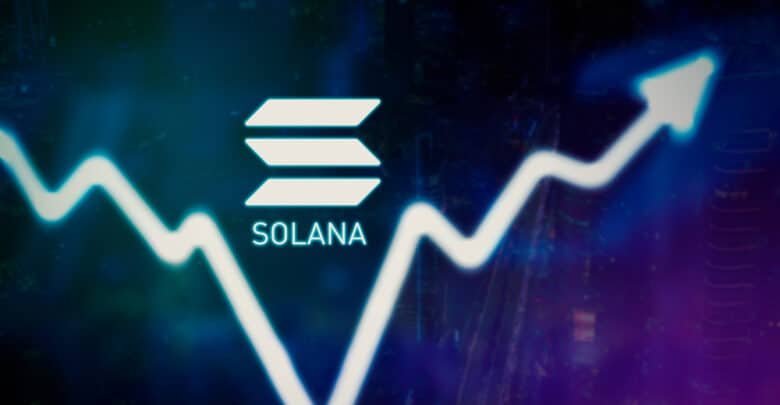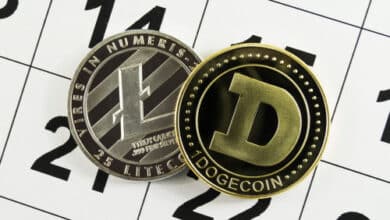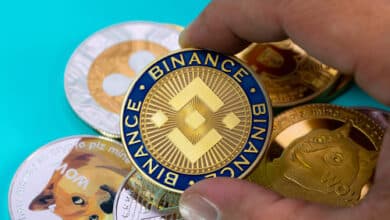Why Solana Could Dominate the Future of Cryptocurrencies?

In blockchain technology, Solana stands out as a remarkable innovation with the potential to redefine the future of cryptocurrencies. Through its unique architecture and solutions to long-standing industry problems, Solana is not just another blockchain but a visionary platform that promises scalability, security, and decentralization. This article dives deeper into the unique attributes distinguishing Solana from other cryptocurrencies, especially Ethereum, its closest competitor.
What Sets Solana Apart From Other Cryptocurrencies?
Solana’s unique power comes from its special design, the Solana Protocol. Unlike typical blockchains that use a chain of blocks, Solana combines two methods: Proof of History (PoH) and Proof of Stake (PoS). This blend sets Solana apart, making it exceptionally strong and efficient.
The PoH feature acts as a cryptographic timestamp, ensuring that the transactions occur in a specific sequence and within a given time frame. This capability lets Solana process an impressive 65,000 transactions every second, making it much faster than competitors like Ethereum and Bitcoin.
Scalability, or the ability to grow and handle more transactions, has always been challenging in the blockchain world. To tackle this, Solana uses two special features called Turbine and Gulfstream. These features help Solana break past the usual limits, allowing it to handle even more activity.
Solana also introduces Sealevel, a revolutionary parallelized transaction processing engine in the context of smart contracts. Traditional blockchains execute smart contracts one at a time, leading to bottlenecks and higher transaction costs. However, Sealevel allows multiple smart contracts to run parallel, streamlining operations and reducing costs.
The Rise of the Solana Ecosystem
The Solana ecosystem is burgeoning with various DeFi projects, NFT platforms, and decentralized applications (dApps). From Serum, a high-performance decentralized exchange, to Solana-based stablecoins like USDC, the network quickly becomes a hub for financial innovation.
Regarding Decentralized Finance (DeFi), Solana offers a highly secure and scalable platform for developing financial applications. Its low transaction fees and high throughput are ideal for DeFi projects providing real-world solutions. Platforms such as Serum and Raydium have already proven the effectiveness of Solana in creating decentralized financial markets.
How Does Solana Functions?
Solana is a revolutionary blockchain platform combining proof-of-history and delegated proof-of-stake protocols. Its sophisticated architecture enables it to maintain the decentralization principles akin to Bitcoin while achieving transaction speeds comparable to centralized systems like Visa. So, how does Solana achieve this rare blend of speed and security?
- The Proof-of-History Protocol
Proof-of-history is the backbone of Solana’s blockchain. This unique algorithm timestamps each block and ensures high security and integrity. Unlike traditional blockchains, where each miner has to validate the entire history to add a new block, Solana’s proof-of-history algorithm creates a historical record proving that an event has occurred at a specific time. This is not only efficient but also significantly speeds up transaction validations.
- Delegated Proof-of-Stake
The delegated proof-of-stake (DPoS) system further enhances Solana’s scalability and performance. In this system, SOL tokens are staked as collateral to secure the network and process transactions. This mechanism involves validators and delegators, enabling a democratic yet efficient block creation and validation process. Unlike Bitcoin’s proof-of-work mechanism, which requires enormous energy, Solana’s DPoS is more energy-efficient and cost-effective.
- Accelerated Transaction Processing
Centralized systems like Visa rely on massive infrastructure to handle high transaction throughput. Bitcoin, aiming to stay decentralized, sacrifices speed. Solana strikes a balance by processing transactions quickly while adhering to the principles of decentralization. Associate Professor Bryan Routledge from the Tepper School of Business explains that Solana’s unique architecture is designed to quickly process large transactions without compromising decentralization.
- Solana’s Impressive Market Penetration
Solana’s SOL tokens serve as fuel for the network, and they have seen significant market appreciation. One of the watershed moments came in August 2021 with the launch of the Degenerate Ape Academy, the first major NFT project on Solana. This was a catalyst in driving the value of SOL from around $30 to $75 within a short span.
The blockchain reached its pinnacle in November 2021, when the value of SOL tokens skyrocketed to nearly $260. This spike was a part of the more extensive crypto bull run, underscoring the platform’s potential and increasing adoption rate.
Conclusion
Solana is a blockchain platform rapidly ascending in crypto thanks to its revolutionary architecture and unique features. With its ability to handle an impressive 65,000 transactions per second, Solana offers scalability and speed that far outpace competitors like Ethereum.
Further, the platform has already garnered a vibrant ecosystem, punctuated by flourishing DeFi projects and a surge in market value. All these factors signify that Solana is not just another blockchain but a platform that promises to redefine what’s possible in the world of cryptocurrencies.
Tokenhell produces content exposure for over 5,000 crypto companies and you can be one of them too! Contact at info@tokenhell.com if you have any questions. Cryptocurrencies are highly volatile, conduct your own research before making any investment decisions. Some of the posts on this website are guest posts or paid posts that are not written by Tokenhell authors (namely Crypto Cable , Sponsored Articles and Press Release content) and the views expressed in these types of posts do not reflect the views of this website. Tokenhell is not responsible for the content, accuracy, quality, advertising, products or any other content or banners (ad space) posted on the site. Read full terms and conditions / disclaimer.




